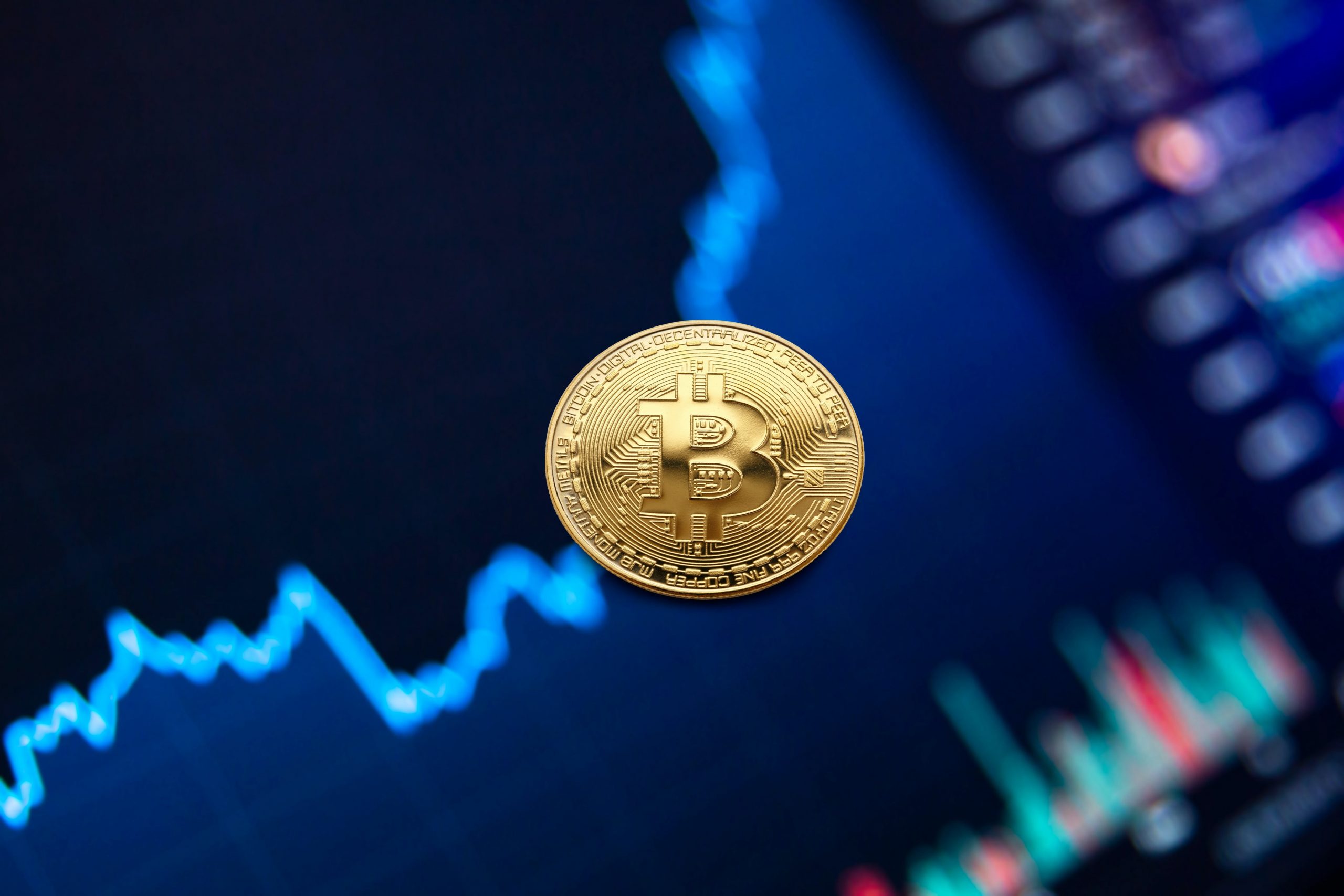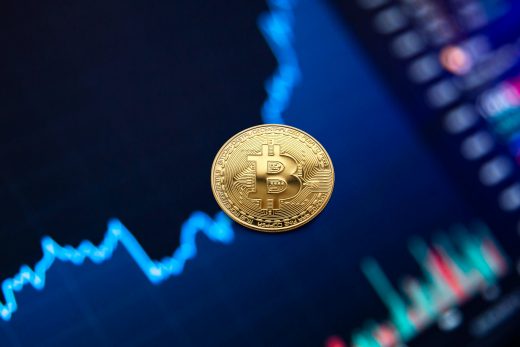What’s Defi And Is It Worth It? Decentralized Finance Explained
What’s Defi And Is It Worth It? Decentralized Finance Explained
In a world where centralized finance is struggling, decentralized economics is taking the reins. Also known as DeFi, this exciting new development is made up of a variety of applications that run on top of blockchain technology.
These applications aim to take control away from third-party intermediaries and put it back into the hands of users. In this way, DeFi could help to solve poignant problems that have arisen in traditional finance. But what is DeFi crypto? And is it worth your time? (especially amid the crypto craze when everyone seems to invest in such projects).
Let’s weigh in on hype vs value.
The Basics of Decentralized Finance
Decentralized finance, or DeFi for short, is an umbrella term for a set of projects that aim to bring financial services to the blockchain era. This includes decentralized exchanges, margin trading, prediction markets, and stablecoins. DeFi has seen a lot of growth in recent months, with over $ 75 billion worth of value locked in DeFi contracts at the time of writing.
Unlike centralized institutions, DeFi offers its users a fluid and global financial system that has no intermediaries, transaction fees, or long authentification procedures. Instead, DeFi participants enter into a “smart contract,” a self-executing code that automatically monitors whether the terms of the agreement between buyer and seller are met.
Moreover, the spike of interest in decentralized finance can be attributed to a few other factors:
- The ease of use and accessibility of DeFi applications
- No intermediaries to create a more fair financial system and reduce fees
- No single point of failure translates into added security
- Faster application development
- All transactions are visible and transparent to the whole network

What Can You Do With DeFi?
Being a broad notion, decentralized finance encompasses a whole range of applications – from decentralized exchanges to lending protocols. DeFi is still in its early days, but there are already a wealth of trailblazing projects being built on top of various blockchains. Let’s take a look at some of the possibilities that DeFi offers and what kind of operations you can handle within this ecosystem.
Decentralized borrowing and lending
Imagine stepping into a free finance universe, where no rechecks are done for approving your loans. This is exactly what DeFi borrowing is about. Just like centralized institutions, the DeFi lending protocol allows you to borrow assets. But instead of physical financial resources, you can secure a crypto loan in mere minutes. In doing so, you don’t need any third-party involvement, since the lending process is carried out through peer-to-peer lending.
Compound is a prominent example of a blockchain-based protocol that allows users to lend and borrow crypto against any other supported asset as collateral. Decentralized lending also gave birth to another crypto-related practice called yield farming. In this case, lenders borrow their assets and get rewards in the form of interest.
Trading
Decentralized exchanges or DEXs are the main destinations for blockchain-based trading operations. As such, DEX is a platform for trading digital assets directly between participants (P2P) with no third-party involvement or partial transfer of control over the assets. According to Statista, Uniswap and Sushiswap are the largest DeFi cryptocurrency exchange that accounts for the lion’s market share. Uniswap also allows users to add new tokens for trading.
DeFi derivatives
It should come as no surprise that derivative contracts are gaining traction in cryptofinance markets, given their role in mature, traditional financial systems. DeFi derivatives and protocols are generating a lot of buzz and are quickly becoming equally essential in crypto finance.
Synthetix, for example, is one of the most established protocols in DeFi derivatives. This collateral pool model allows users to exchange some synthetic assets for other assets directly through a smart contract, without the need for a counterparty. This mechanism solves the liquidity and slippage problems inherent in decentralized exchanges.
This set of operations also translates into a bunch of unique DeFi applications that come with one-of-a-kind opportunities for DeFi participants. Let’s have a closer look at these.
What Are The Most Popular DeFi Applications?
There are a lot of ground-breaking projects taking place in the DeFi space. Yet, I have curated one of the widely-known ones and dumped them into a succinct list that includes:
- Decentralized Exchanges (DEX)
- Stablecoins
- Lending platforms
- Prediction markets
- Wrapped bitcoins
DEX
Decentralized exchanges are peer-to-peer marketplaces that serve as an alternative to traditional currency exchange points in CeFi. The core difference is that they don’t have intermediaries to monitor the transaction, yet are fraud-free due to their blockchain nature. DEXs allow users to swap one currency for another, including USD to crypto transactions.
Stablecoins
These are cryptocurrencies that peg their market value to a relatively stable underlying asset. The latter can include paper money (fiat assets) or other cryptocurrencies. Their value can also be tied to gold or oil. Stablecoin exchange rates are subject to fewer fluctuations than typical cryptocurrencies. Tether is the most popular stablecoin.
Credit Platforms
As I’ve already touched upon lending DeFi platforms, these allow users to take out a crypto loan. But instead of going through a long-run and meticulous approval process, DeFi participants are eligible for crypto loans without the use of intermediaries. As collateral, users should deposit crypto or fiat assets. While lenders receive their money back with interest, borrowers get their collateral back after repayment.
Prediction markets
Decentralized prediction markets on the blockchain are exchange-trading betting venues that allow users to cash on their ability to forecast future outcomes. DeFi prediction markets allow everyone regardless of their status or location to bet on an event. In this case, the betting process is facilitated through the use of smart contracts.
Wrapped bitcoins (WBTC)
Wrapped bitcoins are DeFi-specific ERC20 token backed 1:1 with Bitcoin. As such, it is an Ethereum token that represents bitcoin (BTC) in the Ethereum blockchain. It is not bitcoin itself, but a separate ERC-20 standard token designed to track the value of bitcoin in the Ethereum ecosystem.
What Are The Main Disadvantages of DeFi?
Accessibility, ease of use, secured transactions, and no chargeback make DeFi a tempting opportunity. However, just like with any other young technology, decentralized finance is subject to some downsides.
Requires third-party audit
Smart contracts, which are the foundation for DeFi, can be susceptible to exploits. To avoid fraudulent manipulations, the code shouldn’t have any grey zones. Therefore, before being rolled out into the blockchain, a smart contract should be closely examined for possible vulnerabilities. Also mind, that once on the mainnet, the immutable nature of blockchain doesn’t allow a smart contract to be changed.
Liquidity
All marketable assets, including cryptocurrencies, require liquidity. Low liquidity indicates that market volatility is present, resulting in price surges in cryptocurrencies. And although most DeFi projects are touted as having high liquidity, there are still no surefire guarantees.
Anonymity
Anonymity is a two-edged sword in the DeFi market that can both bring unrivaled boons and painful surprises. Just like ordinary users, malicious actors can also benefit from the anonymity factor to remain unnoticed. Therefore, added security can also encourage malpractices and malicious manipulations.
Scalability
Blockchain as a whole is well renowned for its limited scalability options. DeFi scalability is directly related to the ability to support high transactional throughput and future growth. Although DeFi applications can be scaled, added traction can compromise the security or decentralization nature of DeFi.
Yet, despite some evident stumbling blocks, the trade-offs are acceptable to unlock a bunch of unique opportunities of crypto and blockchain.
Thus, DeFi solves the following problems of traditional banking:
- Inefficiency – centralized transactions are costly, slow, and insecure.
- Low accessibility of banks – around 1.7 billion adults remain unbanked.
- Opacity – limited or no transparency since centralized institutions hide their risk exposure from the public.
- Centralized control – an oligopolistic system that imposes high fees.
The Hottest Ticket In Cryptocurrencies
DeFi is an open and global financial system meant for the digital era. Instead of opaque, legacy, and highly centralized banking, DeFi allows you to regain control and visibility of your assets.
Yet, as any fresh-baked technology, decentralized financial systems need polishing in terms of a safer infrastructure (vulnerability-free smart contracts) and scalability. So what’s the verdict?
DeFi enables investors to gain access to new asset kinds, lower costs, enhanced rates, and gain a greater sense of control over their financial future. Yet, you should pay due diligence to consider possible risks and distinguish between long-term DeFi platforms and cash grabs. If you’re looking to launch your own DeFi application, make sure you perform an exhaustive audit to guard against possible frauds.
The post What’s Defi And Is It Worth It? Decentralized Finance Explained appeared first on ReadWrite.
(58)


